First there was an island – then there was a boat
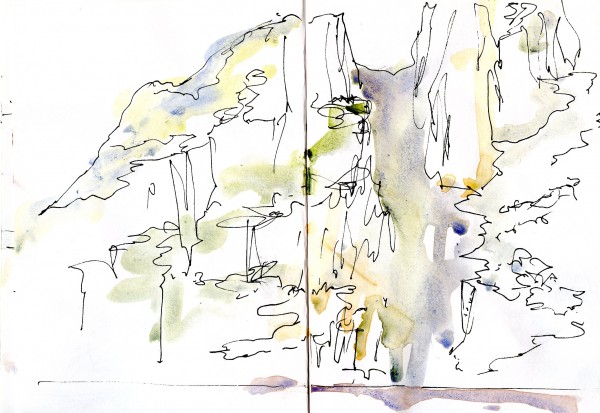
“First there was an island – then there was a boat”, so begins a poem by Shetland writer Laureen Johnston. Since owning my first boat at the age of eleven, I have been an obsessive explorer of islands, the smaller and more remote the better. Once, in the grip of a sudden attack of aquatic Monroe-bagging, three fellow kayakers and I landed on twenty four islands in twenty four hours.
What draws me to these places is hard to define. The journey is part of the magic. The sea is endlessly, and wonderfully alive; unlike concrete, unlike tarmacadam. No two sea journeys are ever the same. On the trip to North Rona, we met families of dolphin, Risso’s, basking sharks and minke whales. The sea was calm, the swell long and leaden. The night-time journey back was before a north-easterly gale, sailing only on the jib. Driving southwards at eight to ten knots, we listened to the clicking of a school of pilot whales some three miles away.
Next day the sheer sculptural magnificence of the Shiants was a revelation. I have a personal lexicography of island profiles; the Kame of Hoy; the Kame of Foula; the Drongs of Eshaness; each place uniquely powerful and awe inspiring, yet even now, weeks later the basalt columns and screes of the Shiants are etched on the back of my eyelids.
Two other aspects of the week stand out for me, the birdlife and my fellow travellers. I cannot talk of seabirds without experiencing a sense of imminent loss. These familiar gliders in the wind, the tiny dancers-over-the-waves, the stinking oil-spewers, the pirates, the cliff comics, are under threat as never before. It was encouraging to see fledged juvenile kittiwakes in the cliffs. The same species is failing to breed year-upon-year in the Northern Isles, as sand eel stocks plummet. I had never before seen shearwaters in such numbers, nor at such close quarters. This was my first sighting of Leach’s petrels.
As distressing as the environmental threat is, my fellow travellers gave me cause for optimism. Through sickness, discomfort, sleeplessness and fatigue, they were endlessly cheerful, altruistic and generous. Here within the twenty-one metre steel hull of Song of the Whale, were twelve very good reasons to be cheerful; to believe that there is the will for change and a better future. My sincere thanks goes to everyone who travelled with me. The journey was gloriously life affirming.
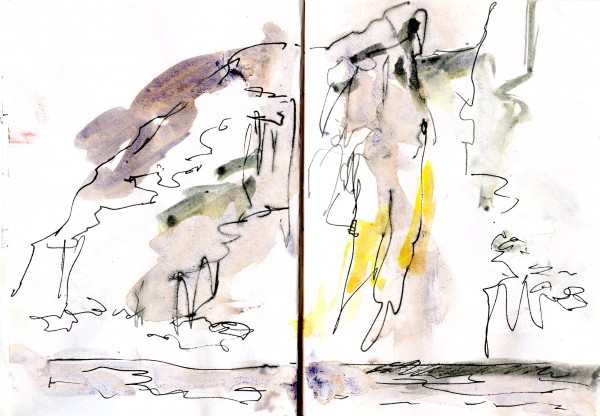
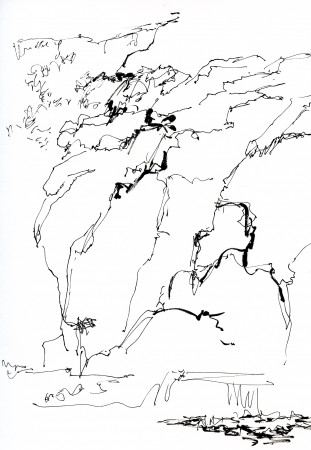
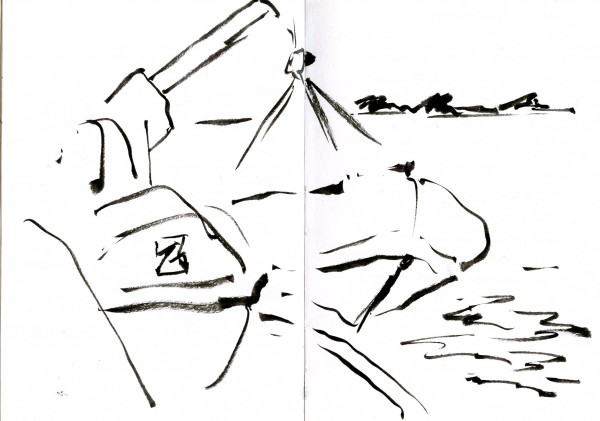
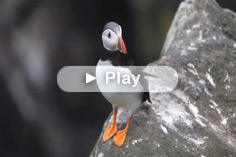


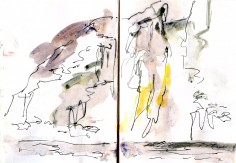
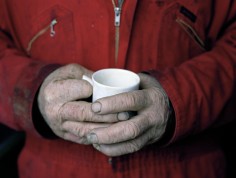
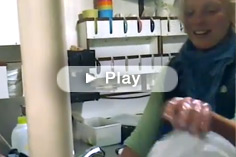
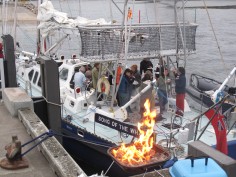

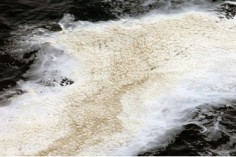
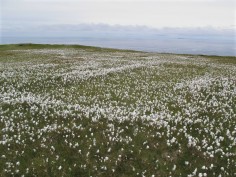

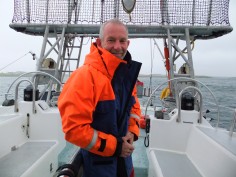








No Comments